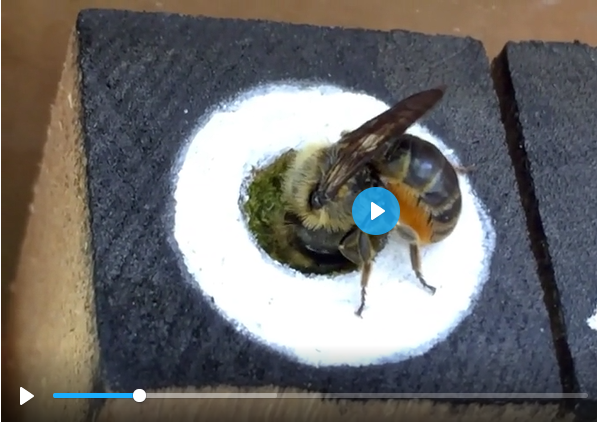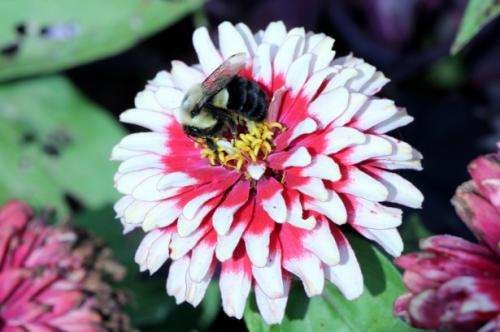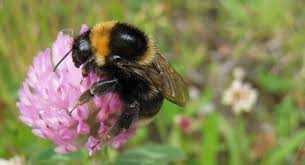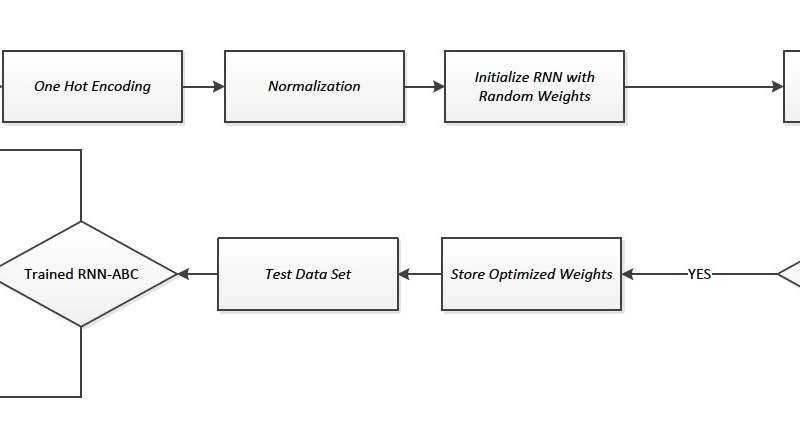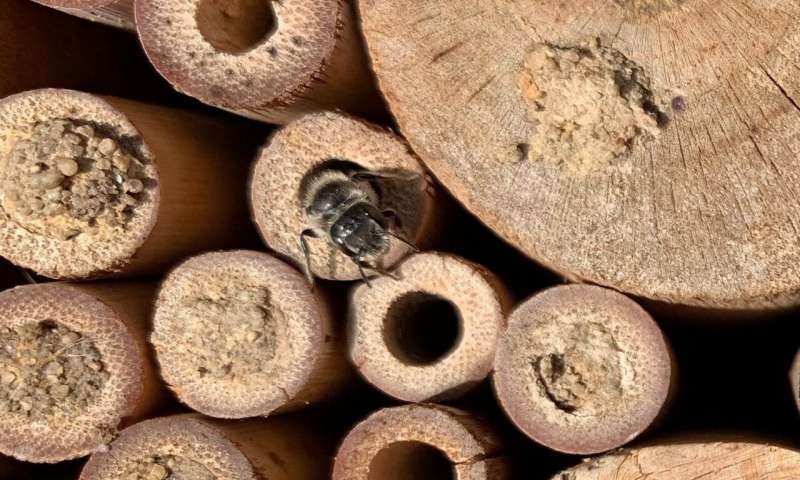Animal pollinators support the production of three-quarters of the world’s food crops, and many flowers produce nectar to reward the pollinators. A new study using bumblebees has found that the sweetest nectar is not necessarily the best: too much sugar slows down the bees. The results will inform breeding efforts to make crops more attractive […]
Vomiting bumblebees show that sweeter is not necessarily better

